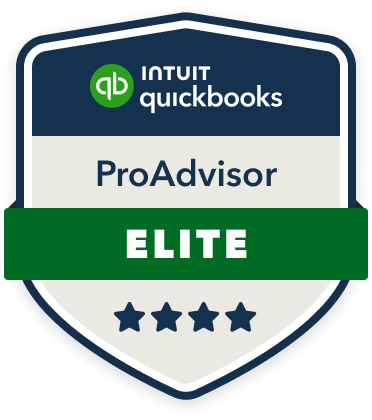Veterinary Practice Budgeting Essentials: Tools, Tips, and Best Practices
Financial performance and profitability are top of mind for most veterinary practice owners and leaders. Tracking ins and outs through spotless bookkeeping provides a look at monthly and annual spending, but how do you know if you’re on track? A budget is critical for allocating hospital funds, setting goals, and guiding day-to-day and long-term growth strategies.
The VetBooks team shares insights from practice consultant Brenda Tassava Medina, CVPM, CVJ, VLCE, to help you master veterinary practice budgeting in the new year.
Why your practice needs a budget
A veterinary practice can survive without a budget but is unlikely to thrive. Tassava Medina notes that if you are aiming for growth and maximizing profitability, a budget is an absolute necessity.
A budget isn’t only a mechanism to keep expenses in check—it’s also a roadmap to help you align hospital revenue goals with established financial targets. Budgeting ensures a practice spends appropriately, adapts to challenges or opportunities, and steadily moves toward long-term success.
Getting started with veterinary practice budgeting
Creating a budget from scratch or overhauling an outdated version can feel overwhelming. To get started, ensure you have a solid bookkeeping system that allows for accurate analysis of current finances. Then, gather historical financial data and analyze the profit and loss statement from recent months. Consider where you’re spending money, and how it compares to industry benchmarks. Tassava Medina recommends using the AAHA/VMG chart of accounts to allocate funds. Categories include:
- Revenue growth desired/projected
- Cost of goods sold (COGS)
- Payroll, benefits, and taxes
- Facilities and utilities
- Fixed administrative expenses
- Net profits
You can also use the “rule of 20” to ensure your numbers are balanced, allocating 20% of revenue to COGS, staff payroll, DVM payroll, and fixed expenses categories, with 20% remaining for net profit. If you find significantly different spending patterns in your historical financials, do a deep dive to find the discrepancies and make operational adjustments that pull you closer to benchmark goals.
Veterinary practice budgeting pitfalls to avoid
The most seasoned professionals can still make mistakes when crafting a veterinary practice budget. Two common missteps to avoid include:
- Winging it — Spending as you always have without accounting for annual growth or other business changes can result in an off-kilter budget.
- Ignoring goals—While historical data is crucial, a forward-thinking approach is essential. Your budget should reflect past performance and a plan to achieve the “rule of 20” goals.
Veterinary practice budgeting management tips
Monitor how closely you stick to projections and benchmarks so you can pivot when needed. If revenue trends deviate too far from the prescribed path, don’t hesitate to adjust your budget mid-year. Flexibility can help your clinic stay agile and responsive to changing circumstances.
Tools and technology can make budgeting easier. Essential resources include your monthly P&L statement and data from your practice management software (PIMS). Integrated data analytics services like VetSource can analyze PIMS data to provide actionable insights while saving you time.
Additionally, a veterinary bookkeeping service like VetBooks can categorize expenses appropriately and analyze cash flow to provide a solid foundation for building a budget.
Education and resources for veterinary practice budgeting success
Tassava Medina recommends these resources for team leaders looking for budgeting guidance or help with other veterinary practice management tasks:
- Veterinary Hospital Managers Association (VHMA)
- “Practice Made Perfect” by Marsha Heinke
- Blackwell’s “5-Minute Veterinary Practice Management Consult”
Veterinary practice budgeting can help your practice go from surviving to thriving. The most effective budgets are built from accurate financial data and meticulous books. Contact the VetBooks team for help with your bookkeeping processes so you can get a jump start on your 2025 budget.

